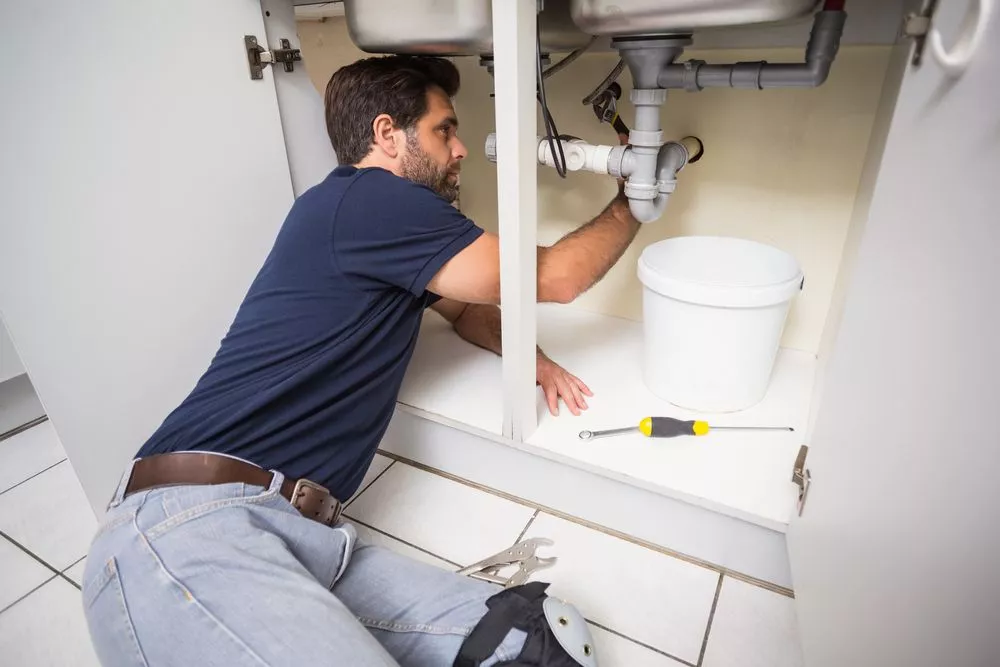Sewer Line Replacement in Arlington TX is a major plumbing project that involves replacing the underground sewer pipes that connect a building to the municipal sewer system or a septic tank. This is typically done when the existing sewer line is severely damaged, corroded, or has extensive blockages that cannot be cleared through repairs. Here are the typical steps involved in Sewer Line Replacement in Arlington TX:
- Inspection and Assessment:
- A professional plumber begins by inspecting the sewer line using video camera technology. This allows them to identify the location and extent of damage, blockages, or deterioration in the existing sewer line.
- Permitting and Planning:
- Before initiating the replacement, necessary permits from local authorities are obtained. The plumber then plans the replacement, taking into consideration the depth, length, and location of the sewer line.
- Excavation:
- Excavation is carried out to expose the existing sewer line. This involves digging trenches along the path of the sewer line to access and remove the old pipes.
- Pipe Removal:
- The old sewer pipes are removed from the ground. This may involve cutting or breaking the existing pipes, and the debris is cleared from the trench.
- Installation of New Pipes:
- New sewer pipes are installed in the trench. Modern sewer lines are often made of materials like PVC (polyvinyl chloride) or ABS (acrylonitrile butadiene styrene) for their durability and resistance to corrosion.
- Trenchless Sewer Replacement (Optional):
- In some cases, trenchless sewer replacement methods may be employed. This involves using techniques like pipe bursting or pipe lining to replace or repair the sewer line without extensive excavation.
- Connection to Main Sewer Line:
- The new sewer line is connected to the main municipal sewer system or the septic tank. Proper connections are made to ensure a watertight and secure fit.
- Backfilling:
- The trench is backfilled with soil, and the ground is leveled. The area is restored as closely as possible to its original condition.
- Testing and Inspection:
- The newly installed sewer line is tested to ensure it is functioning properly. This may involve running water through the system and checking for leaks or other issues.
- Cleanup:
- Any debris or excess materials from the construction process are cleaned up, and the work area is restored.
- Landscaping (if applicable):
- If the replacement involved disrupting landscaping, the plumber or a landscaping professional may restore the area with new soil, grass, or plants.
Sewer line replacement is a significant undertaking, and homeowners should work with licensed and experienced plumbers to ensure the project is completed efficiently and in compliance with local codes and regulations. Additionally, regular sewer line inspections and preventive maintenance can help identify issues before they escalate to the need for a complete replacement.
